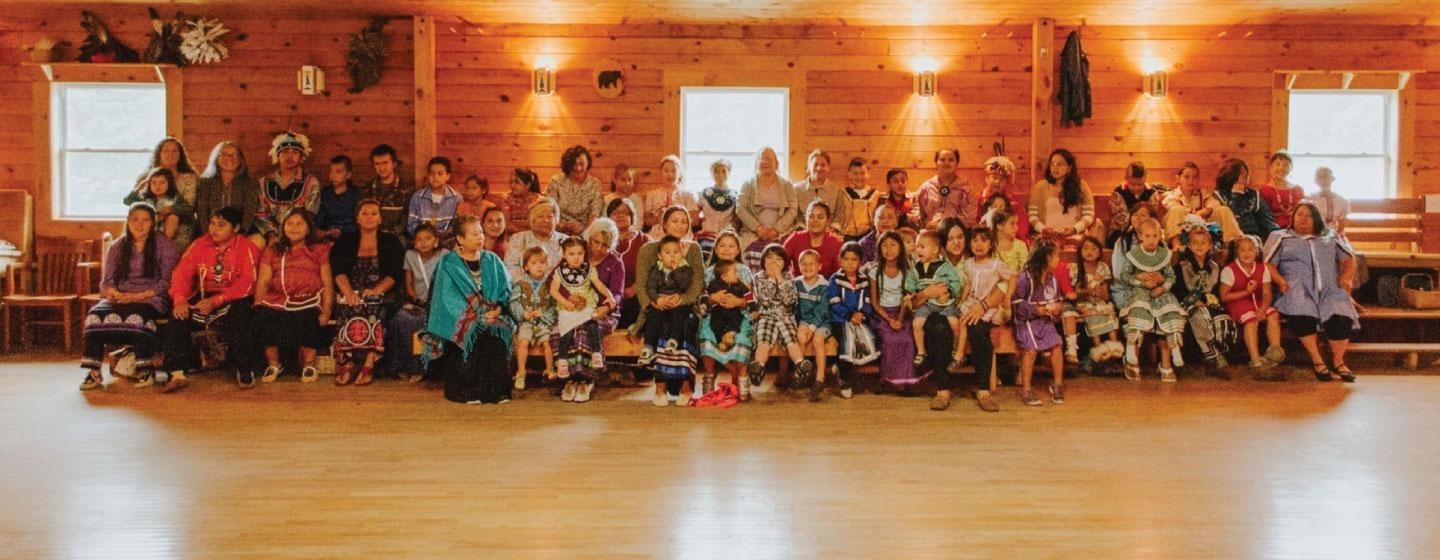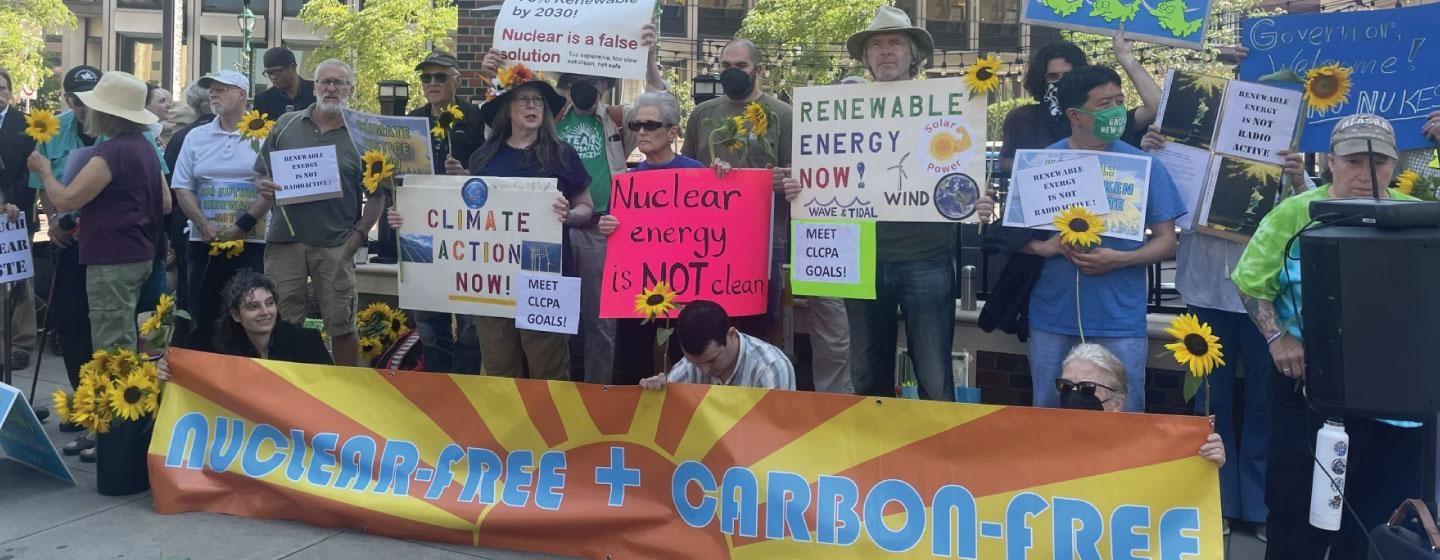Mohawk Tribe Keeps Language, Culture Alive at the Akwesasne Freedom School

For an immersive experience of the Akwesasne school, we recommend you also listen to the audio version of this story, which was produced in collaboration with The Sunshine Project by NPR’s Lashmi Singh.
As the school year begins, some members of the Mohawk Tribe have opted out of the traditional public school system in favor of a schoolhouse steeped in their own traditional values. The Akwesasne Freedom School, at the Canadian border along the Saint Lawrence River in northern New York, is reintroducing lost Native American culture to generations ahead.
The nonprofit was founded in the late 1970s by parents determined to preserve the Mohawk language and way of life. According to the school's website, it is backed by governing Mohawk leaders, with the mission to avoid Western influences that threaten the very existence of Indigenous cultures.
Alvera Sargent is the manager in charge of fundraising for the Akwesasne school, which she describes as a full-immersion program for a few dozen students in pre-K through eighth grade.
“We have a language nest which we started about 10 years ago,” Sargent explained about the tiny school where students start as preschoolers “at about four and they age out about 13.”
She noted that learning levels at the Akwesasne school are not what public schools typically see.
“We did away with the grade [levels] and we’re basing it on their language knowledge,” she continued, while surveying a classroom with one noticeably younger child learning next to older classmates. “This year there’s a four-year-old in with 10-year-olds, because he came in with lots of [native] language skills already because they speak it at home.”
Reflecting on her time at Akwesasne, Kenzee Thompson said she experienced a large culture shock when she transferred into a public school. For her, even the bus ride to school was “daunting.” She found the rigid schedule, curriculum and culture of the public school difficult to adjust to initially.
“I didn’t know any English. So, when I went into there I was at, a third-grade reading level, when everybody else was at a tenth-grade reading level.” Thompson faced other challenges: “Just retaining the information that they were giving us in such little time. I struggled a lot with tests, living environment, and English, and I think history was a big one.”
When she was introduced to the public school history curriculum, Thompson remembered how little it included subjects of her own indigenous roots.
“Actually, the one book we did have,” she recalled scouring to find a lesson, “was maybe like one page on the Trail of Tears. That was all the history we knew about Native American people in the history books.”
It made her question why, when she was required to read chapters on history outside the U.S., like Germans and the rise of Hitler and his mass genocide of Europeans.
Unable to find equally important coverage on the abuses Native Americans endured over centuries in the United States, Thompson said she began to see the hypocrisy. “I was just like, ‘Well, how come we’re not talking about more of us?’” She sat a moment on the words, then continued, “I found out it was about whatever they wanted us to know.”
While the Akwesasne Freedom School was founded to continue teaching the Mohawk culture and language to future generations, it was also a conscientious rebuke of the harsh Indian boarding school system that separated hundreds of thousands of children from their families and forced them to matriculate through Anglo-derived schools, in the name of progress.
“[They] did such enormous harm to Indian people all across the country,” said Kevin Gover, the Under Secretary for Museums and Culture at the Smithsonian Institution in Washington D.C., reflecting on the impact of a more than century-old policy.
The boarding schools were run by government officials or churches, he explained, and often evolved into an aggressive program where Native American children became targets of prejudice and abuse.
“Corporal punishment was not unusual” in the late 1800s and early 1900s, said Grover. In fact, it was almost the norm in public schools everywhere, but he said the punishment at Indian boarding schools was much more brutal.
“Of even greater concern, they were preyed upon,” Grover said. “It simply wasn’t unusual that children would be sexually abused in these schools, and there are many, many, many documented cases of that.”
The vast majority of the more than 400 Indian boarding schools in the U.S. were closed by the 1970s, as tribes began asserting more control over the welfare of their children’s education, including establishing programs like the Akwesasne Freedom School.
Alvera Sargent can remember how the legacy of Indian boarding schools affected her own family, including her older brother.
“He was punished a lot," she said. "For speaking his language and just for being a Mohawk.”
Today, Sargent is in her 70s. As she walked along a gravel path outside the Akwesasne Freedom School, she admitted she was worried about being one of the few remaining people in her community whose first language is Mohawk.
Her mood lightened as she looked out at the children running to their places in colorful costumes. At first, it looked like recess had started, but at the Freedom School, Sargent’s fears visibly begin to melt as she explained the growing sound of a rhythmic drum beat and tribal chant are in preparation for a children’s play.
The children trade in their pencils and notebooks and join in the ceremony with instruments of their own as the drum beat mimics the heart’s melodic pattern. As they dance in step with one another, it’s clear the play symbolizes something much deeper than just a moment in the sun.
At the Akwesasne Freedom School it summons resilience, revered tradition, and pride.
This article was originally published on WAER.
Related

Environmental Groups Call on Hochul To Abandon Nuclear Energy Plans
A rally outside the Future Energy Economy Summit in Syracuse saw dozens of environmentalists advocating against nuclear energy solutions.


